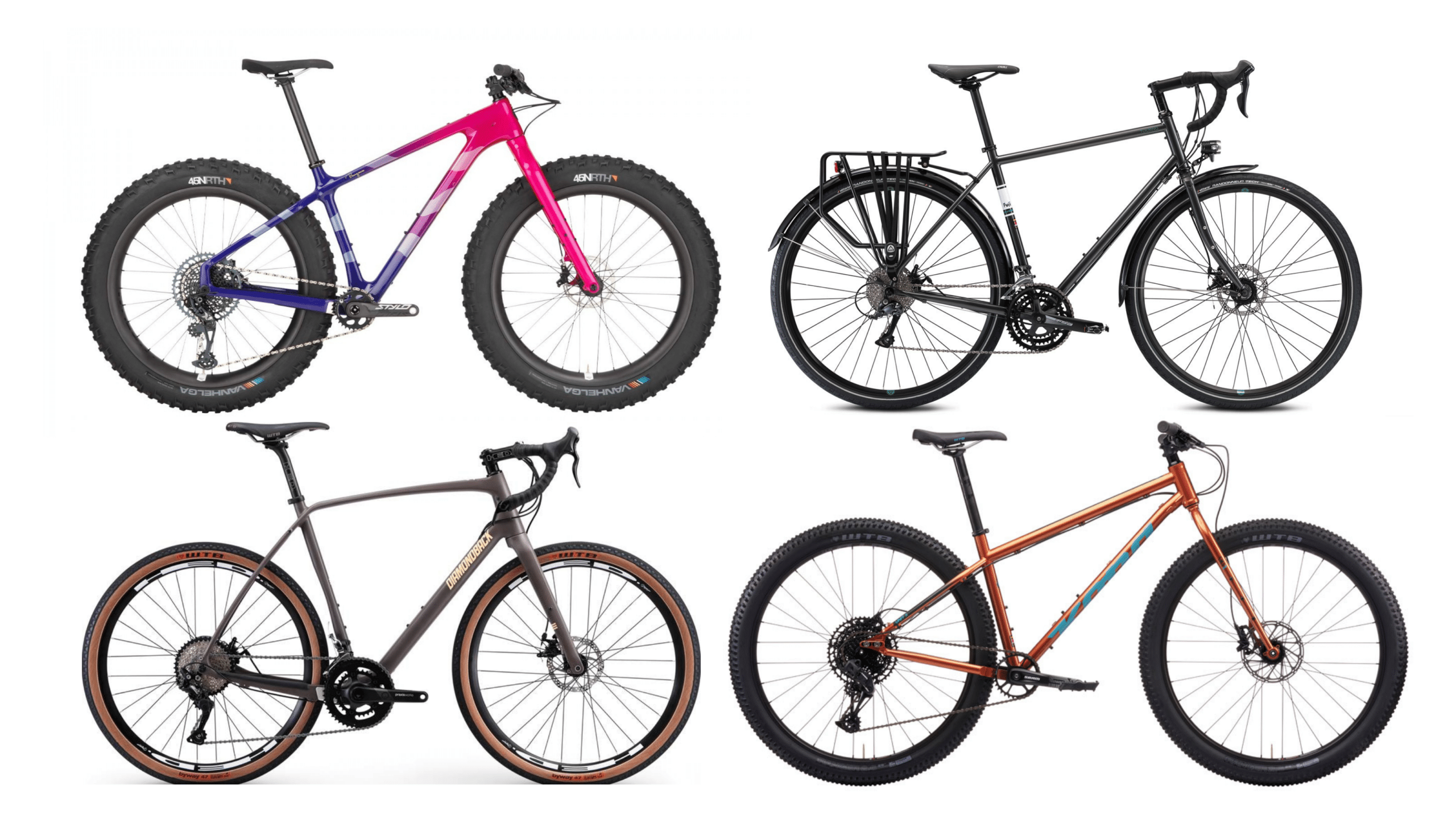Bikepacking is becoming more and more popular these days. Taking over the more old school style of bike travel also known as bicycle touring. A more traditional kind of cycle travel using big and bulkier panniers on racks.
Bikepacking on the other hand is a more minimalist and more efficient take on bike touring. Using bike bags that generally strap to the bike directly. When it comes to the kind of bikes used for this specific discipline. It is most common to see hardtail mountain bikes. As bikepacking opens you up to a more broad range of terrains and untouched land that you would otherwise not be able to access with a heavier touring bike on 40 mm tires or skinner.
So in this article we are going to dive into which bikes are ideal for bikepacking. The cycling market is adapting to this very popular trend, even producing bikes specifically for bikepacking and adventure cycling!
Before we get into the different bikes it is also important to note that each type of bike may have attributes of other bike categories, there is no black and white when it comes to bikes for bikepacking. For example, some gravel bikes have large tyre clearance and can be classified as drop bar mountain bikes.
What is the best bike for Bikepacking?

The best bike for bikepacking comes down to how you intend to use it. In general adventure ready gravel bikes, bikepacking mountain bikes like a hardtail or full-suspension and fat bikes. Are my three main bike recommendations.
When you are considering what type of bike to use for bikepacking. You should also have some idea as to the type of terrain you plan to ride. To more easily decide which bike would be best for your bikepacking adventures. Below are the common terrains and the appropriate bikes for each.
Road Bikes, Light Touring or Touring Bikes
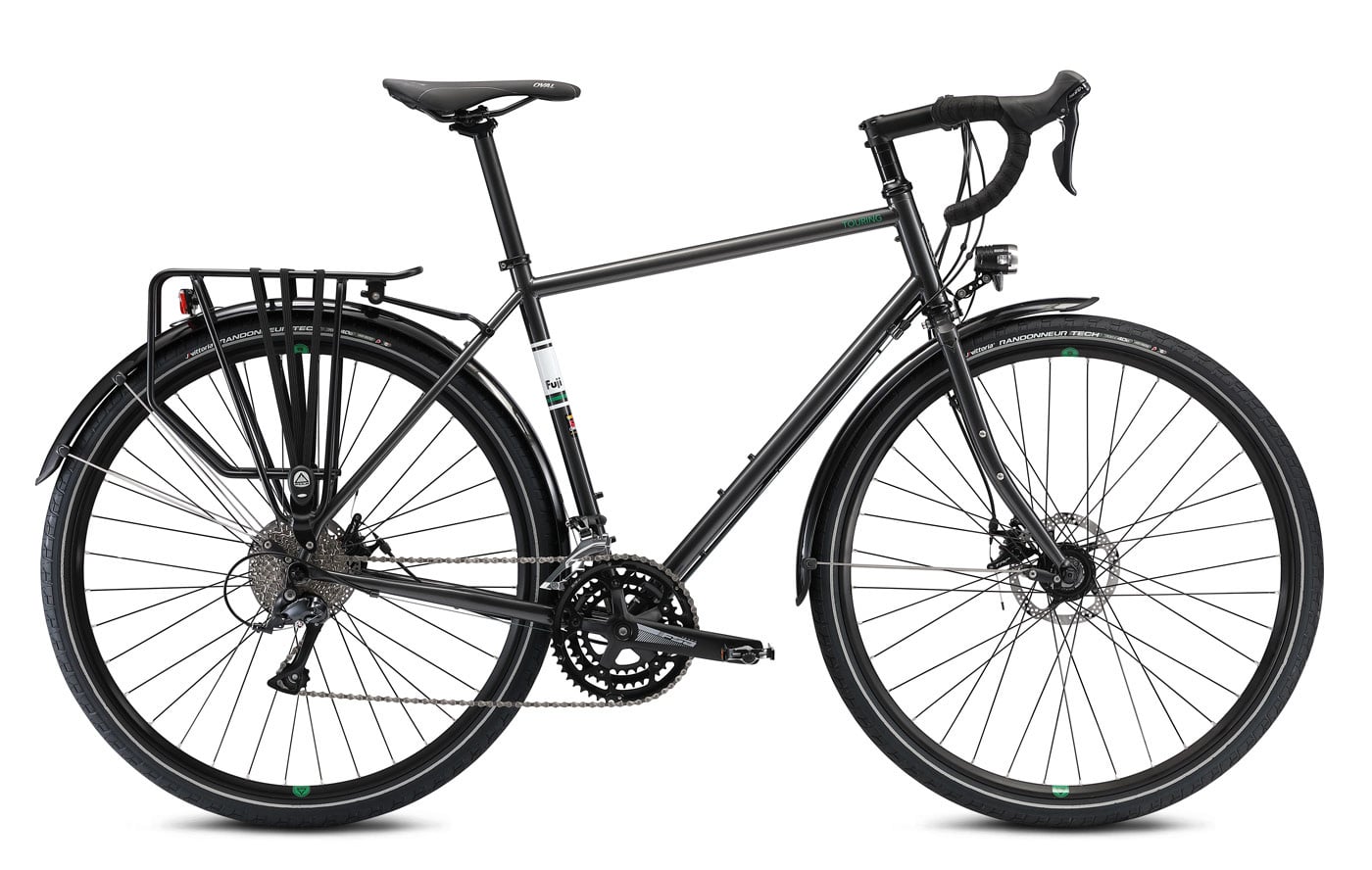
Pavement and road riding can be a common terrain for bikepacking. Most endurance bikepacking events and some trips, for example bikepacking around Australia can be done on 100% tarmac roads. For this type of terrain, when bikepacking on roads only. More upright and comfortable road bikes and even light touring bikes are good choices.
Most Gravel Bikes and All-Road Bikes
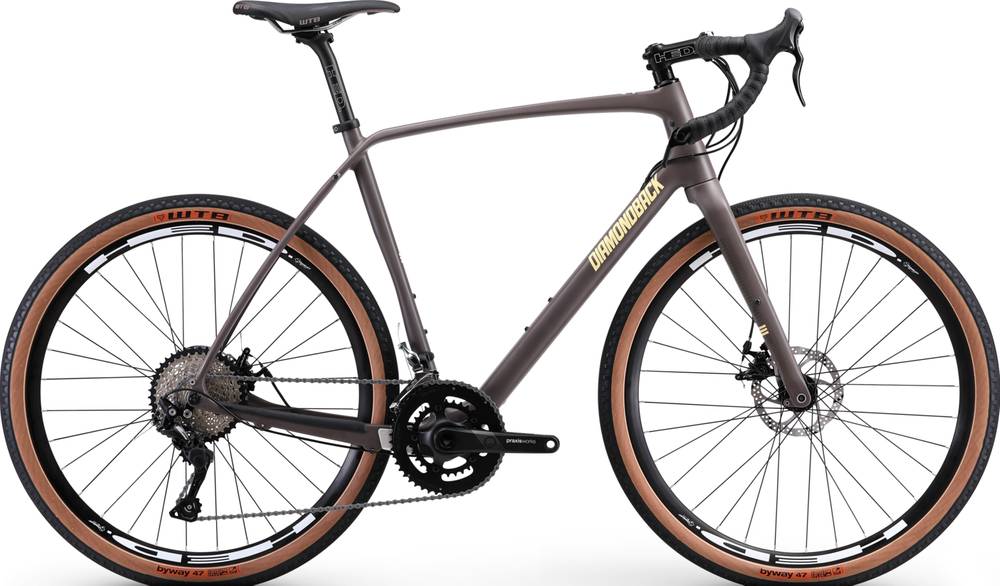
Most gravel bikes are ideal for mixed surfaces, some pavement and gravel and some dirt roads. Allowing you to explore beyond the tarmac. In general these bikes lack the appropriate tire clearance and ability to ride more challenging terrains.
Adventure Ready Gravel Bikes, Drop Bar MTB and Bikepacking Bikes (MTB’s)
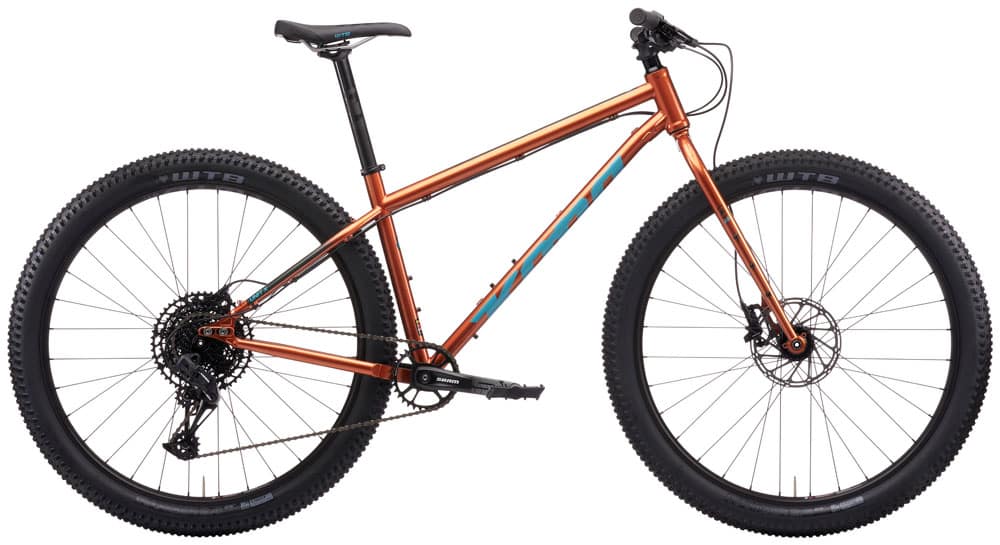
Singletrack trails, forest tracks and rocky tracks are the most common types of terrain for bikepacking. This is the main reason why we bikepack, to explore those trails and less travelled roads. This terrain generally requires suspension for extra comfort. Still manageable on drop bar mtb’s thanks to large tire volume for suppleness. But hardtail bikes with front suspension and full suspension mountain bikes are perfect.
Fat Bikes

Sand or snow is a more uncommon terrain for bikepacking but is possible on bikepacking fat bikes which are designed specifically for carrying gear across deserts or snow capped mountains.
Can you use any bike for Bikepacking?
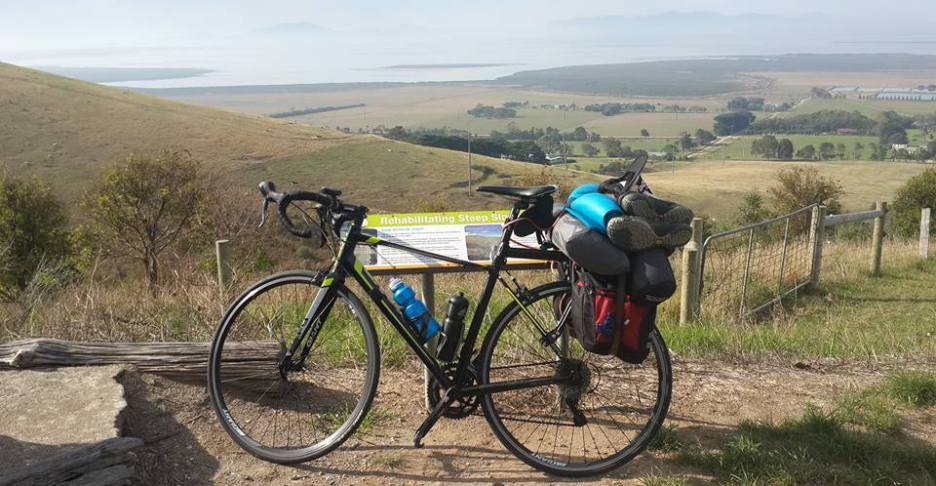
You can almost use any bike for bikepacking. But it is best to have a bike that is more suited to the common terrains involved while bikepacking. Yes you can ride any bike for bikepacking thanks to bike bags being so versitile they can pretty much attached to any bike. However most bikepacking trips will consist of gravel roads, dirt tracks, singletrack, forest roads, double tracks, and even pavement. Not including some more extreme adventures that might be in the snow and ice or the complete opposite and in the dessert in deep sand. And for the most comfort it is recommended to use the bikes mentioned above for the best adventure suited to each terrain.
Honestly I must say that I have personally considered using a BMX on a bikepacking adventure. Just for something completely different. But if you are starting out and want to have a awesome first trip, you could use the bike you have if it is appropriate. A mountain bike is your best bet. If you are already into shredding the trails at your local MTB park then that should do the job well enough. If you are coming from a bike touring background you might want to consider a more bikepacking friendly bike, as most bikepacking trips will take you off-road and touring bikes are unable to ride on singletracks and more technical terrains and still offer enough comfort.
You can use a road bike if you are planning just long road bikepacking adventures and want speed, and already have a road bike of course.
Otherwise a gravel bike is the perfect solution.Some are more designed around being fast but still offer enough comfort for long days in the saddle or you can go the other end of the spectrum and get a gravel bike that is almost a touring bike in-terms of geometry. Check out this article if you are considering a gravel bike for bikepacking.
But ideally, if you plan to ride the most common terrains for bikepacking, mostly singletrack and rocky trails, then ‘bikepacking bikes‘ or mountain bikes are the way to go for obvious reasons.
Are gravel bikes good for Bikepacking?

Gravel bikes can be the perfect solution for your next bikepacking trip. They are better suited for light touring or bikepacking trips when you plan to carry minimal gear and travel on gravel and easy trails or even light singletracks. If you want to get started learning more about gravel bikes for bikepacking, I recommend check out these articles.
- Best Gravel Bikes Under $500
- Best Gravel Bikes Under $1,000
- Best Gravel Bikes Under $1,500
- Best Gravel Bikes Under $2,000
- Best Gravel Bikes Under $2,500
- Ultimate List Of Carbon Gravel Bikes
- Ultimate List Of Steel Gravel Bikes
- Best Titanium Gravel Bikes
- Best Aluminum Gravel Bikes
- Best Flat Bar Gravel Bikes
- Best Womens Gravel Bikes
- Best Monstercross Gravel Bikes & 650b Gravel Bikes
- Cheapest Carbon Gravel Bikes
Is a hardtail good for Bikepacking?
Yes a hardtail is one of the best choices when it comes to bikepacking bikes. My dream bike is a steel build with a 140mm front suspension fork. Something like the Surly Karate Monkey! A Steel hardtail MTB in my opinion is one of the best options for bikepacking. Also if you want to look more into hardtail gravel bikes for adventures this article might point you in the right direction.
Are fat bikes good for Bikepacking?
Fat bikes can be the perfect solution for those epic bikepacking adventures on extreme terrains like snow and sand. Read more here to see why fat bikes are good and not so good for touring and bikepacking. Also here are some of the best fat bikes for your next adventure.
